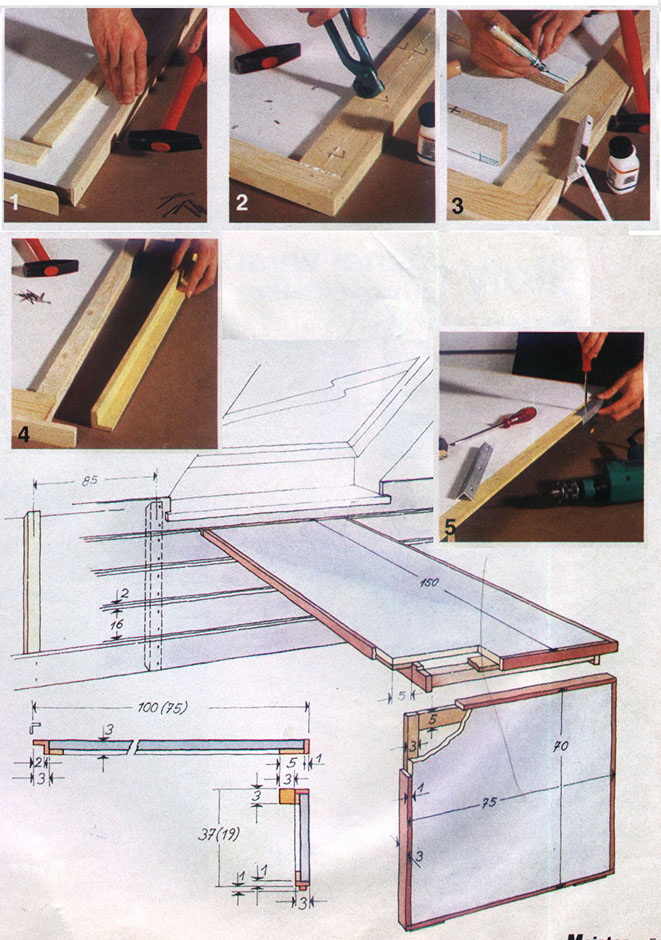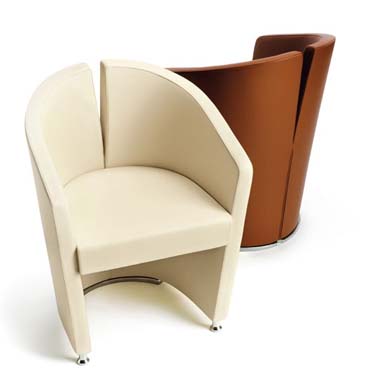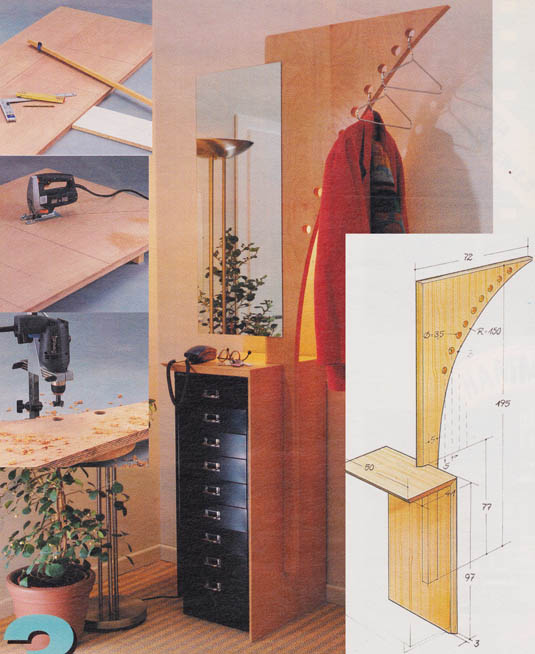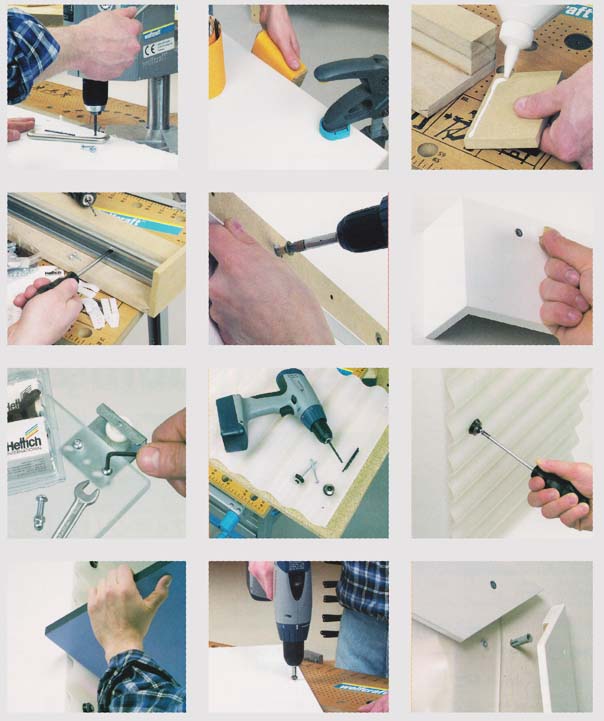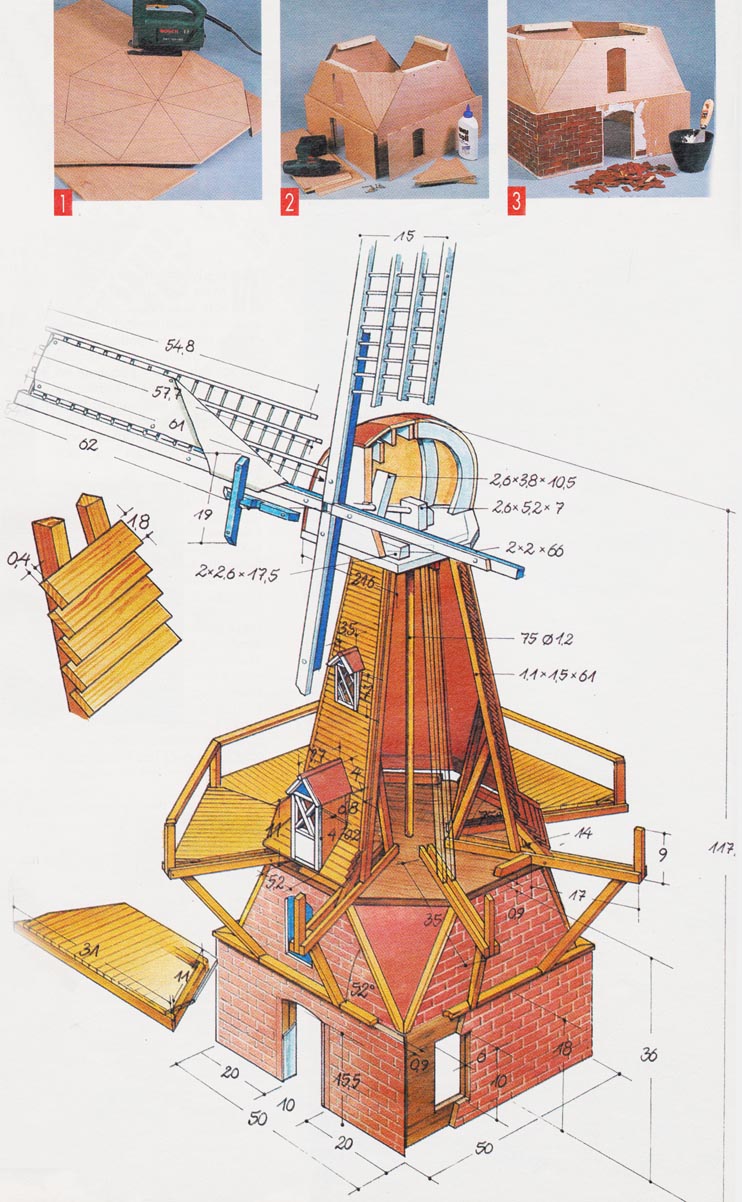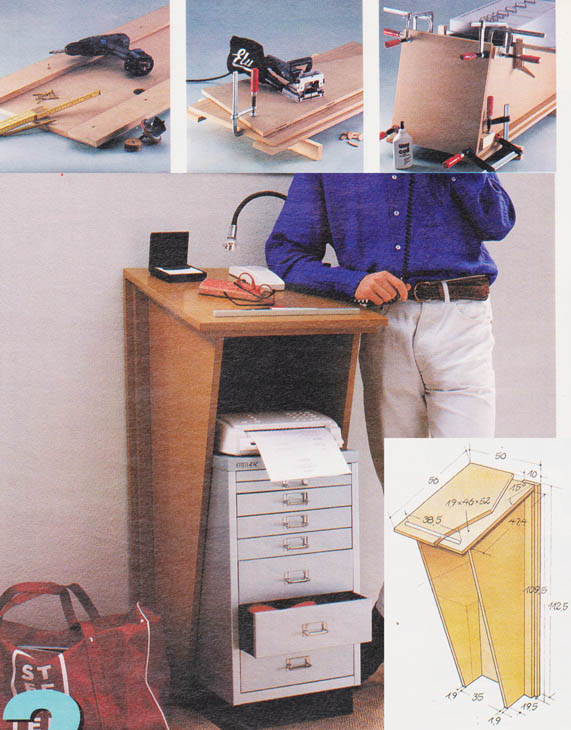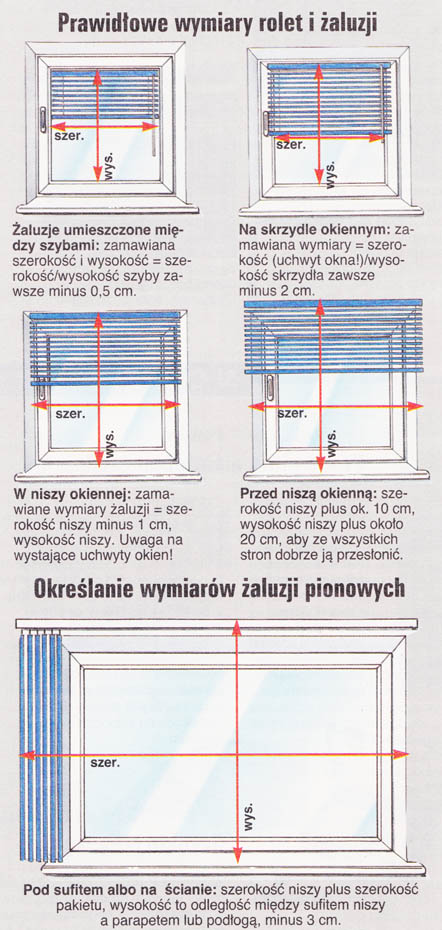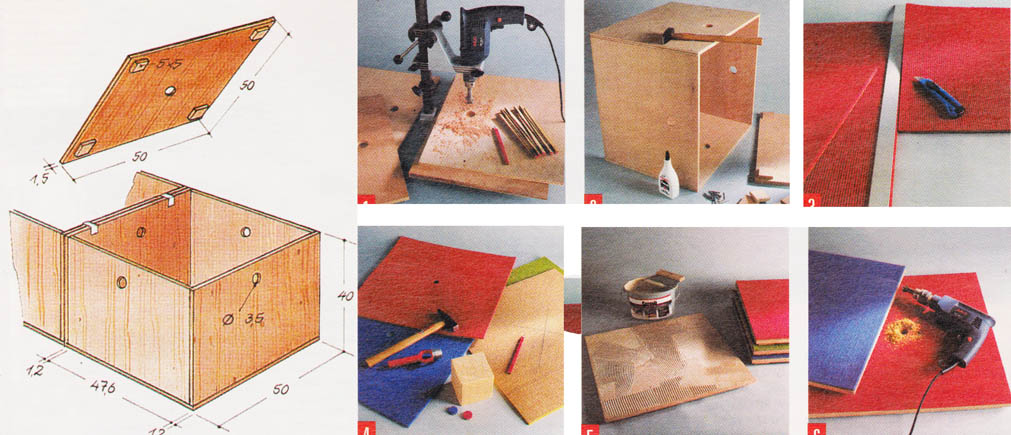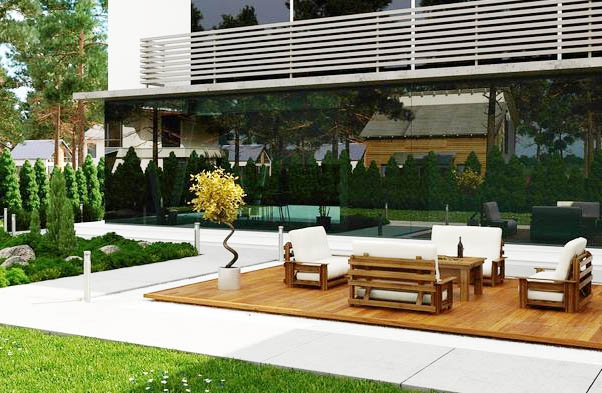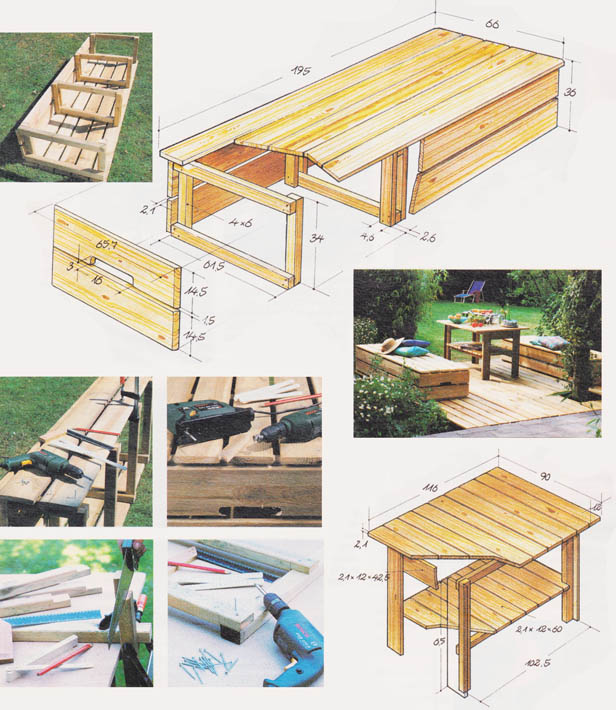 Sposób wykonania ławy.
Sposób wykonania ławy.
Od spodu ława ma cztery nogi w postaci ram. Pionowe elementy obu ram wewnętrznych wykonane są z podwójnych listew.
Deski służące jako przednia i tylna strona ławy są nieco szersze (14,5 cm). Poprawiają one wytrzymałość konstrukcji.
Wycinamy uchwyty wiercąc kilka otworów w ich zaokrągleniach, powiększając je dłutem i wycinając linie proste wyrzynarką.
Ława o wymiarach 66 x 195 cm i wysokości 36 cm świetnie nadaje się na leżankę. Obijamy ją deskami ze wszystkich czterech stron.
Sposób wykonania blatu stolika.
Mały stolik. Blat stolika wystaje z każdej z dłuższych stron na około 15 cm. Można także umieścić nogi stolika dokładnie w jego narożnikach.
Nogi stołu zostały wykonane jako ramy z listew 4 x 6 cm. Ich górne końce należy naciąć piłą do połowy.
W narożnikach łączymy listwy dwiema śrubami. Na nich osadzamy listwę poprzeczną jako powierzchnię oparcia blatu.
Siedzenia obu ukazanych tu ław wykonaliśmy w podobny sposób, jak powierzchnię podestu. Za każdym razem użyliśmy pięciu desek o tej samej szerokości 12 cm. Tworzą one – przy zachowaniu stałych odległości między nimi równych 1,5 cm – siedzenie o szerokości 66 cm. Długość ław wynosi w naszym przypadku około 195 cm, a wysokość siedzenia – 36 cm. Wymiar ten wybraliśmy, aby na ławach można było także leżeć, najlepiej na poduszkach o szerokości 60 cm.
Każda zaprojektowana przez nas ława ma cztery nogi w postaci skręconych z listew ram. Chcąc zapewnić niezbędną wytrzymałość ław i ich ładniejszy wygląd, z boku, na przedniej i na tylnej powierzchni ławy przykręciliśmy deski o szerokości 14,5 cm. W ten sposób ławy nie tylko wyglądają masywniej, ale jednocześnie są bardziej wytrzymałe. Aby ułatwić przenoszenie ław, w górnej desce powierzchni bocznej wycięliśmy otwór o szerokości 16 cm i wysokości 3 cm. Po zmontowaniu ławy przede wszystkim należ}’ oszlifować czołowe powierzchnie desek, tworzące siedzenie.
Nogi stołu zaś składają się z listew o wymiarach 4 x 6 cm. Górne połączenia wykonano na zakładkę, a więc pionowe elementy zostały nacięte piłą do połowy ich grubości. Skręcono je z elementami poprzecznymi. Wykonanie blatu o wymiarach 115 x 90 cm wymaga użycia ośmiu desek.

